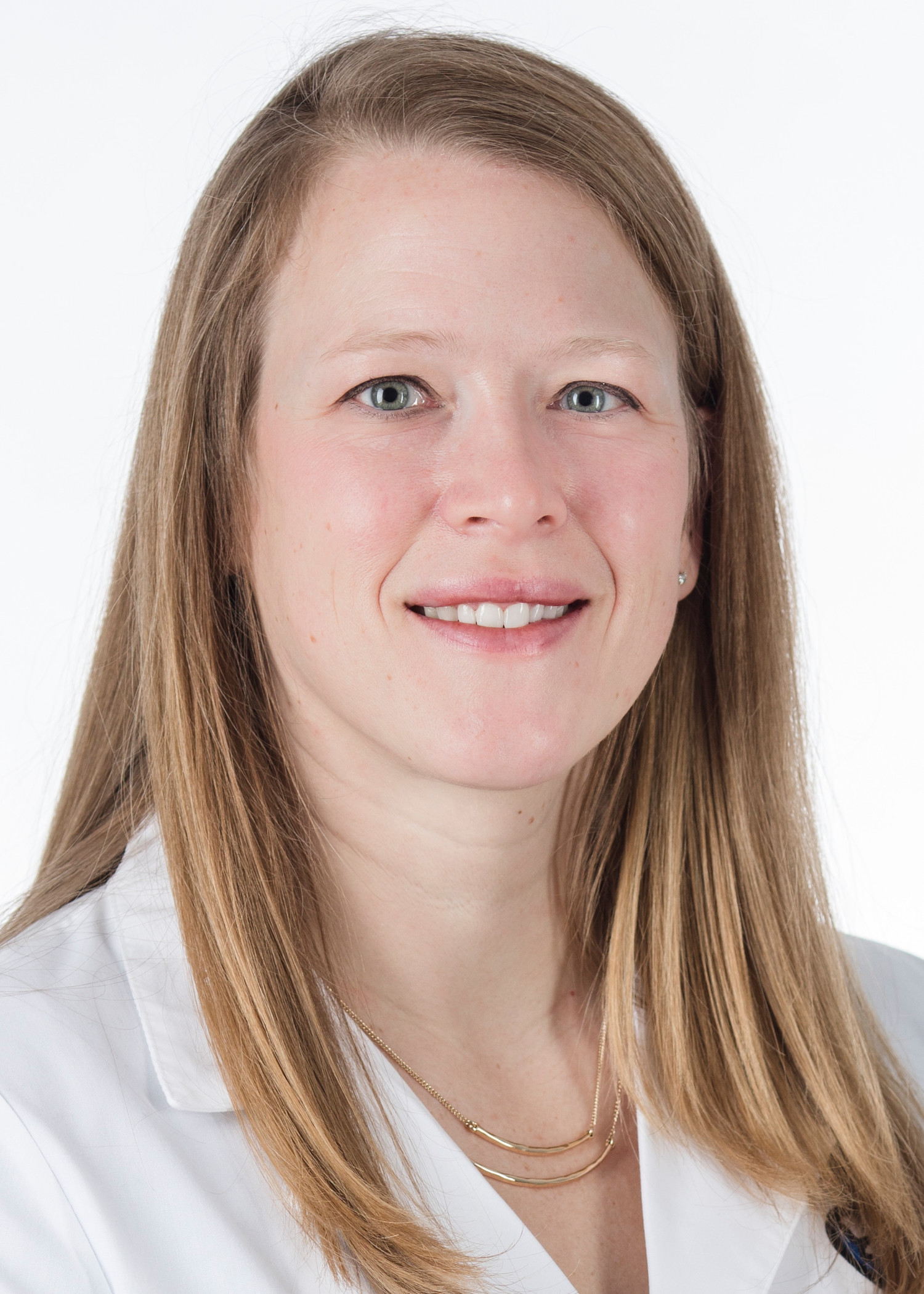




Women's Health
Postpartum Hemorrhage: Know the Causes for a Rare but Scary Condition
Published: Aug. 8, 2022

Some bleeding after childbirth is normal, but when that bleeding becomes too heavy, it can result in a severe drop in blood pressure and lead to shock or death. That heavy bleeding after birth is a rare but serious condition called postpartum hemorrhage (PPH), and it’s the leading cause of maternal death worldwide. But with timely intervention and more awareness, PPH is highly treatable.
Risk Factors and Causes
After giving birth, 1-5% of women have PPH. It typically occurs in the first 24 hours after birth, but it can also happen up to 12 weeks after delivery. Some women are at higher risk for PPH than others. That doesn’t mean it will absolutely occur, but all pregnant women should be aware of risk factors and causes.
Risk factors include:
- High blood pressure during pregnancy
- History of PPH
- Infection
- Larger than normal uterus from multiples or too much amniotic fluid
- Long duration labor
- Obesity
- Placenta problems
- Asian or Hispanic ethnic background
One of the most common causes of PPH is lack of sufficient uterine contraction when the placenta is delivered. PPH is also more likely after cesarean sections. Other causes include:
- Bleeding into hidden tissues in the pelvis
- Blood clotting conditions
- Placenta problems
- Tear in the cervix, vaginal tissues or a blood vessel in the uterus
Signs and Treatment
While women who’ve given birth are still in the hospital, we closely monitor for PPH and use sponges to precisely weigh blood loss. The goal is to catch PPH early and stop bleeding as soon as possible. Treatment options may include medication, uterine massage, a blood transfusion or a balloon that puts pressure on bleeding in the uterus.
Signs of PPH include:
- Uncontrolled bleeding from the vagina
- Blurred vision
- Chills or clammy skin
- Feeling weak, faint, dizzy or confused
- Nausea
- Pale skin
- Swelling and pain around the vagina or nearby area
Knowing the signs is essential to timely intervention. Not sure how much bleeding is too much bleeding? My general rule: If you’re filling a pad in an hour for two consecutive hours, you need to call your provider as soon as possible.
Listen to Your Body, Share Your Concerns
I believe that every woman deserves the best care during childbirth, and I’m proud of the safeguards we have in place at Methodist to keep mother and baby as healthy as possible. But postpartum care with your provider is just as essential. In those weeks following birth, we’re looking for signs of postpartum depression and monitoring your health – especially if you experienced any complications during pregnancy like gestational hypertension or diabetes.
Stay in contact with your provider. Oftentimes as women, we don’t reach out when we have questions or concerns about our health. We put ourselves on the back burner and brush off pain or other health issues. The postpartum period is challenging, but keep listening to your body and keep talking to us – especially if you’re experiencing signs of PPH. With early intervention, you can recover and get back to Baby in no time.
More Resources
- Learn about the importance of folic acid – whether you’re pregnant or not.
- Read why preconception health is important for women and men.
- Here’s what you need to know if you’re pregnant and considering the COVID-19 vaccine.


